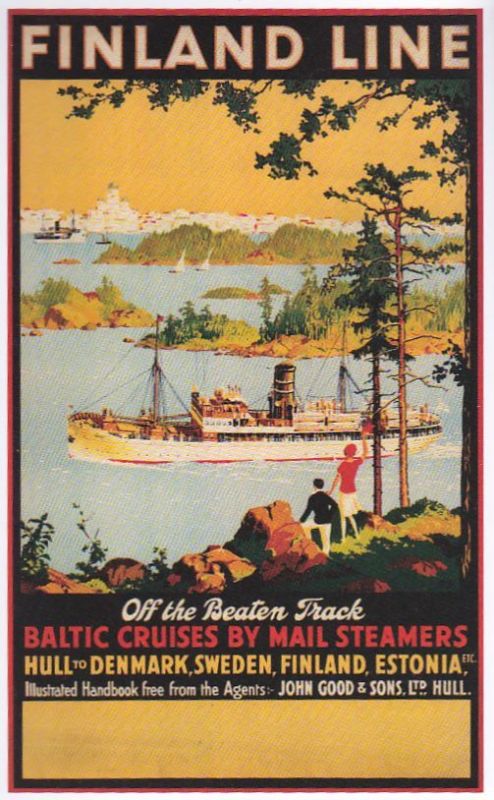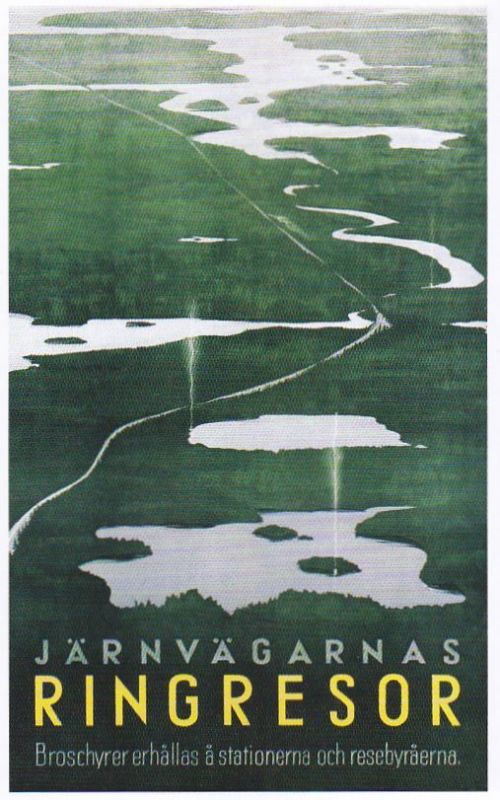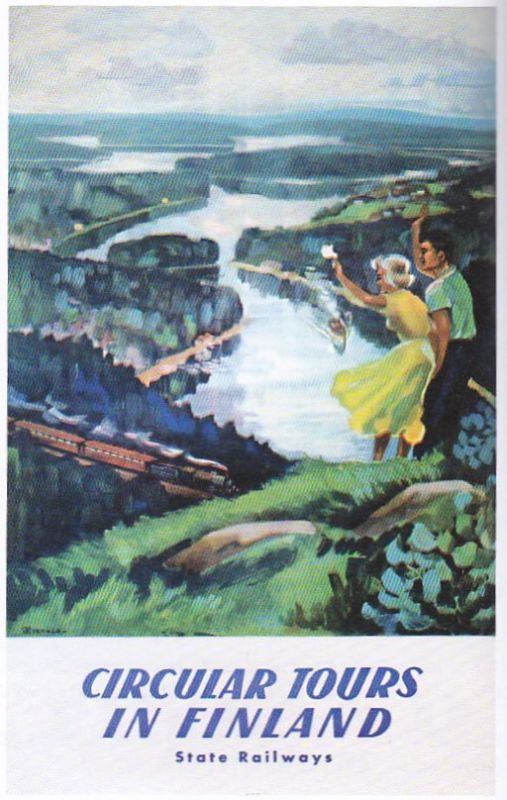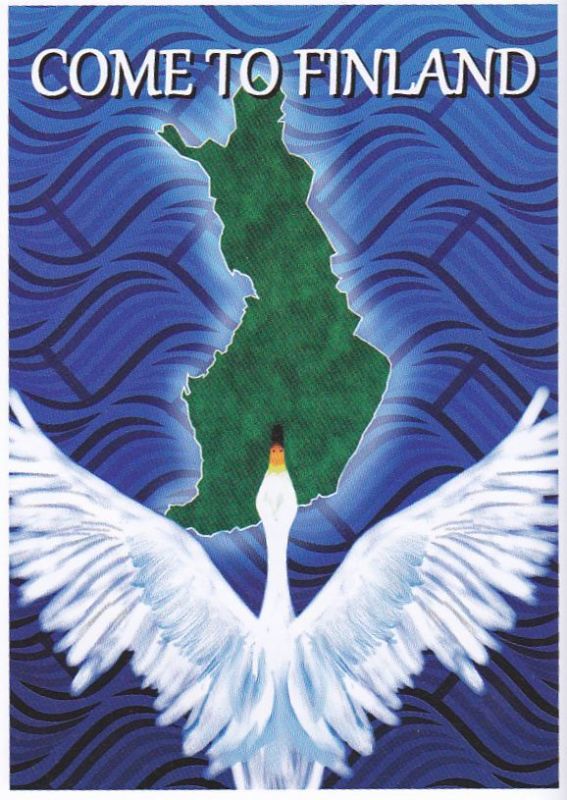Finland awakes
Jul. 8th, 2018 04:21 pmBook Review: Come to Finland! Paradise calling, by Magnus Londen
I enjoyed my visit to the Ateneum in Helsinki, and although thie pocket book relates to a previous exhibition at the National Museum of Finland I didn't see, I'm glad I picked it up in the gift shop. The written word is slightly tongue-in-cheek, but with a book like this, we're here for the pictures, which are excellent, spanning the period from the 1920s through to the 1960s, with some additional works from contemporary travel poster competitions. Some favourites below.
I enjoyed my visit to the Ateneum in Helsinki, and although thie pocket book relates to a previous exhibition at the National Museum of Finland I didn't see, I'm glad I picked it up in the gift shop. The written word is slightly tongue-in-cheek, but with a book like this, we're here for the pictures, which are excellent, spanning the period from the 1920s through to the 1960s, with some additional works from contemporary travel poster competitions. Some favourites below.
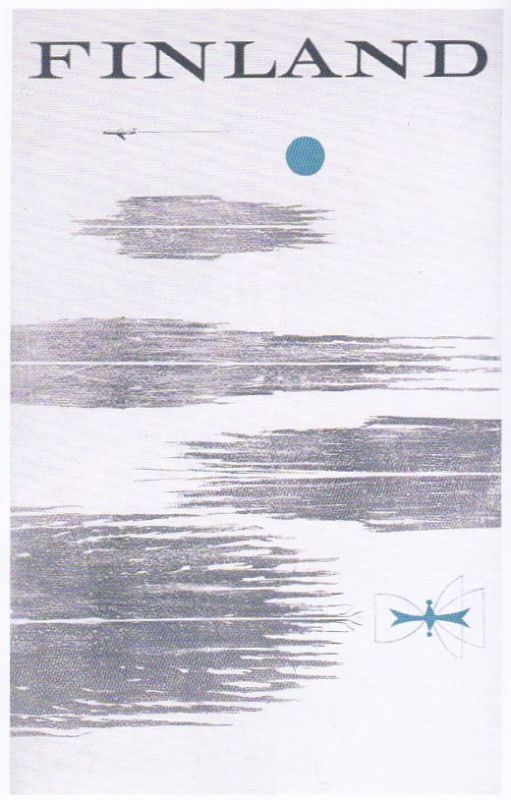
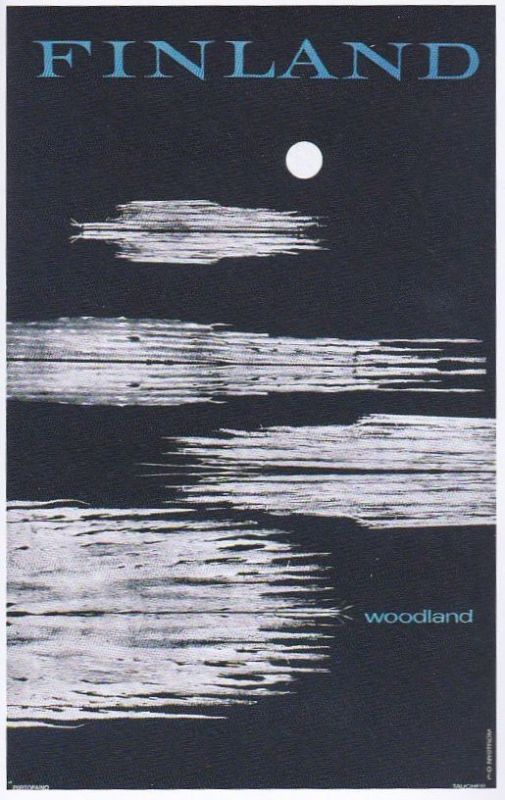
This pair reminds me of M C Escher. Per-Olof Nyström, 1961
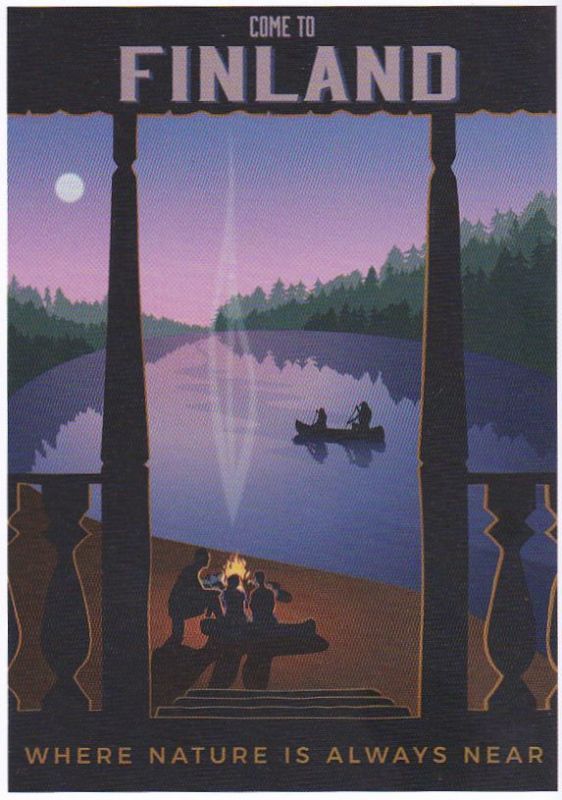
Come to Finland Poster Competition, Jaco & Aline Hubregtse, 2017
